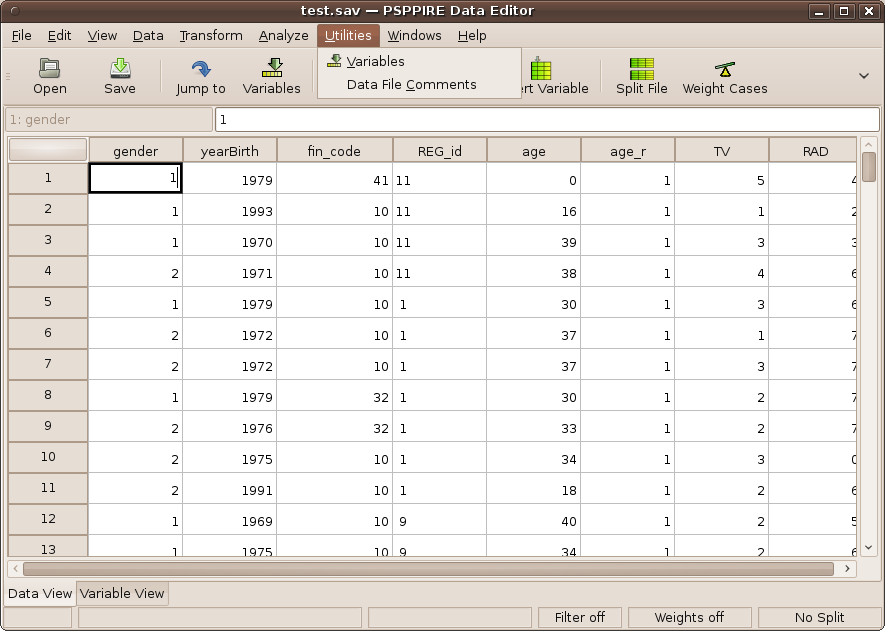
Objective: The purpose of this study was to analyse the structure of the translated PSPP-CZ questionnaire among the population of high school students by finding components of PSPP-CZ using principal component analysis. In order to examine the relationships between various levels of physical activities and self perception we need to use standardized instruments to measure physical self perception among Czech teenagers. Understanding self development processes has increased in importance as self esteem and self perception components have become increasingly valued in educational, clinical and community health programs (Ferreira & Fox, 2008). Self esteem has been generally accepted as an important mediator of exercise and self esteem (Fox, 2000 Sonstroem, 1997). 1, Vlastimil Kudláček 2 1įaculty of Physical Culture, Palacky University, Olomouc 2īackground: The physical self has been widely investigated as a determinant of exercise behaviors as well as a contributor to mental health and well being (Fox, 1997). 2010 40(4): 25-31 Components/factors of the Czech version of the Physical Self Perception Profile (PSPP-CZ) among high school students Michal Kudláček 1, Martin Kudláček 1, Vlastimil Kudláček jr.
#PSPP PRINCIPAL COMPONENT ANALYSIS FULL#
The full set of principal components is as large as the original set of variables.

The variance of this variable is the maximum among all possible choices of this second axis. Projecting the observations on this axis generates another new variable. The second principal component is another axis in space, perpendicular to the first. And the variance of this variable is the maximum among all possible choices of the first axis. When you project each observation on that axis, the resulting values form a new variable. The first principal component is a single axis in space. What is so special about the principal component basis? There are an infinite number of ways to construct an orthogonal basis for several columns of data. The principal components as a whole form an orthogonal basis for the space of the data. All the principal components are orthogonal to each other, so there is no redundant information. Each principal component is a linear combination of the original variables. The method generates a new set of variables, called principal components.

Principal component analysis is a quantitatively rigorous method for achieving this simplification. You can simplify the problem by replacing a group of variables with a single new variable. When this happens, you can take advantage of this redundancy of information. But an abundance of instrumentation enables you to measure dozens of system variables. In many systems there are only a few such driving forces.

One reason for this is that more than one variable might be measuring the same driving principle governing the behavior of the system. But when there are more than three variables, it is more difficult to visualize their relationships.įortunately, in data sets with many variables, groups of variables often move together. The plot3 and surf commands display different three-dimensional views. The function plot displays a graph of the relationship between two variables. One of the difficulties inherent in multivariate statistics is the problem of visualizing data that has many variables.


 0 kommentar(er)
0 kommentar(er)
